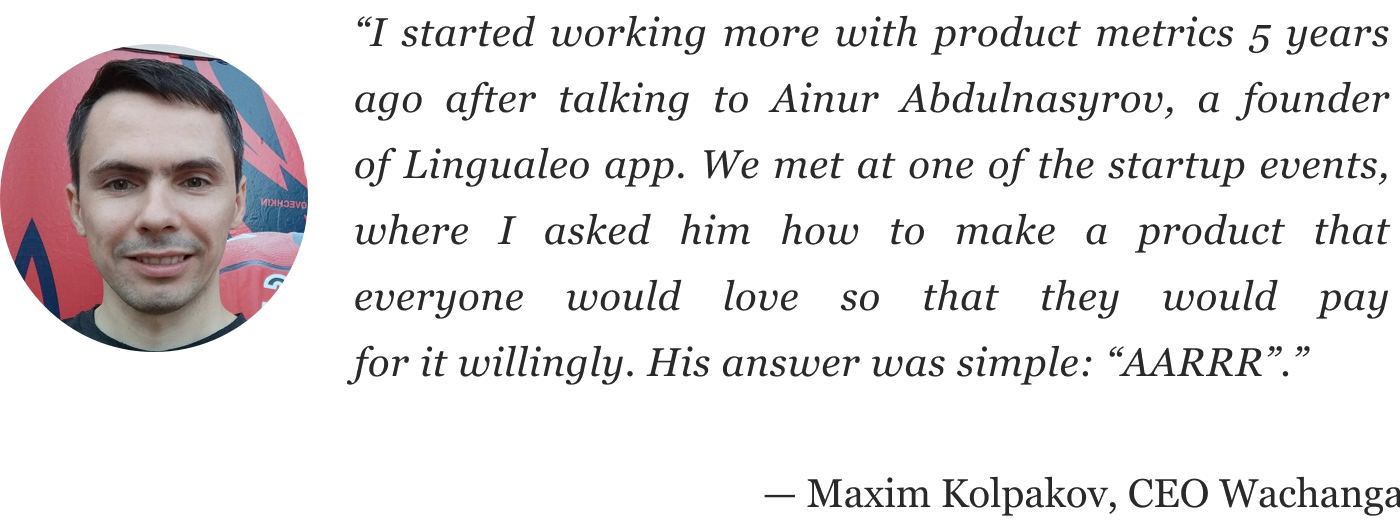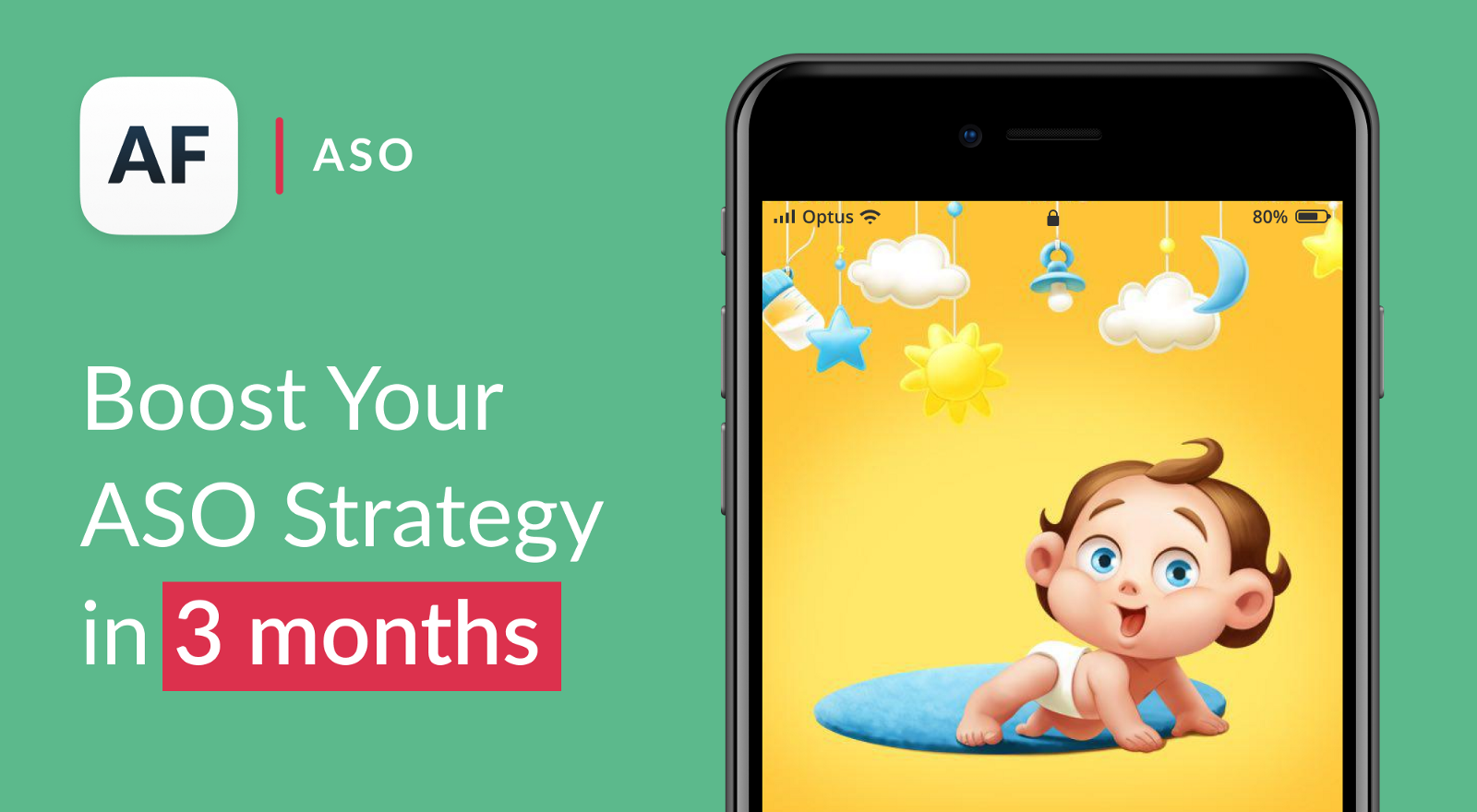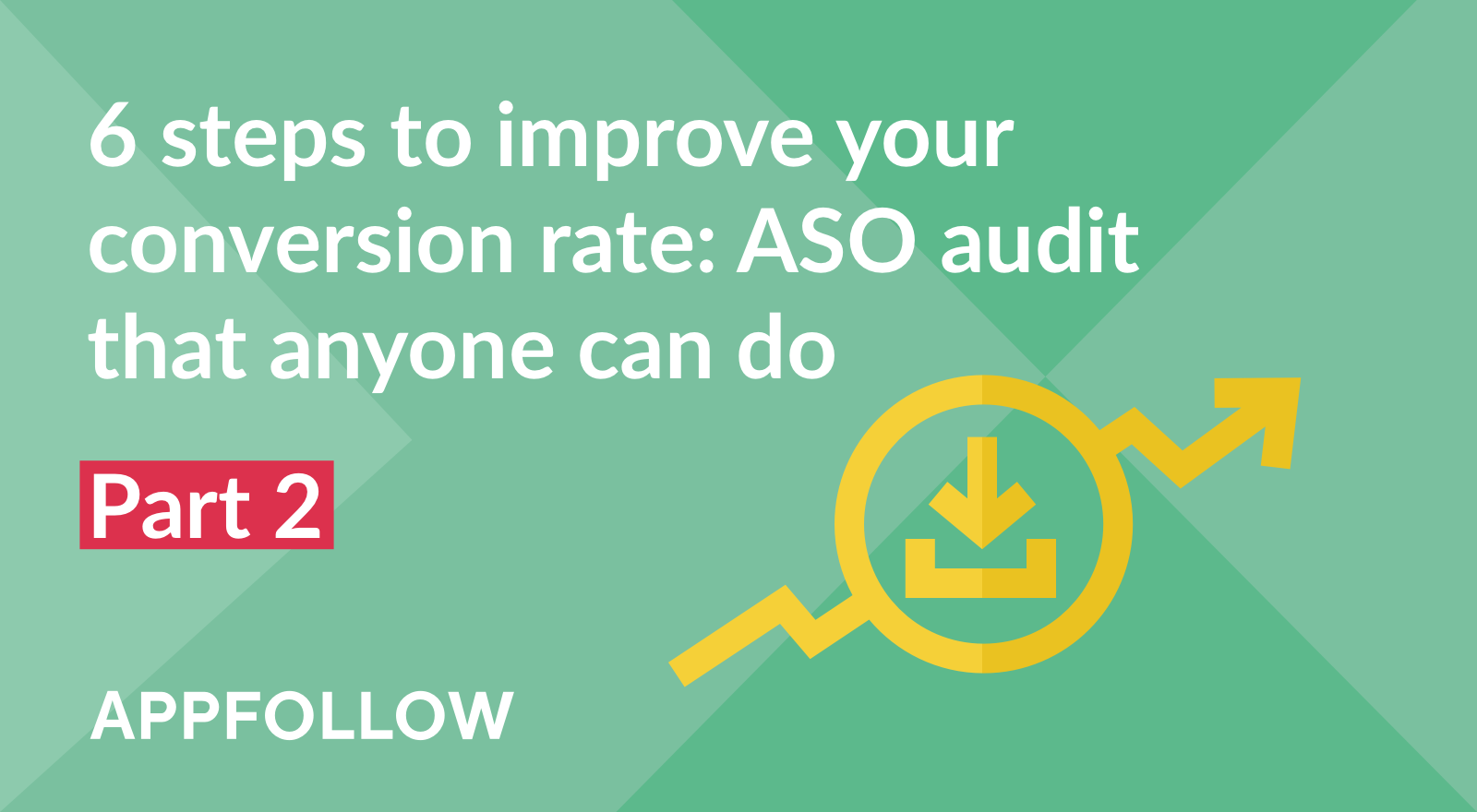How to Rank in the Top Apps List in 3 Months

In the last article, we looked in detail at the first steps to be taken after publishing an app to entice more users to get your app, based on the example of Babycare & Breast Feeding. The app was included in the top 50 in its category inside only 3 months. Let’s remember what steps they took to achieve such awesome results:
- They attracted first-time users with reviews, recommendations, and paid traffic.
- They set up the keywords that are used to search for the apps, and what their competitors use.
- They learnt how to create a semantic core.
- They analyzed the initial users’ behaviour to check what might go wrong.
Today’s plan
- Learn how to keep your users and analyze the metrics of apps.
- Learn more about A/B testing, its effectiveness, and how its results can be improved.
- Talk about localizing apps and how it helps to expand the markets for promotion.
Step 1. User retention
After 1.5 months, Babycare launched in 120 countries and entered the Asian market. There were enough users (MAU 500) to start researching their behaviour. This helped them to figure out why users would delete the app, and how to keep them from doing that.

AARRR (Acquisition, Activation, Retention, Referral, and Revenue) is an alternative purchase funnel for SaaS products and freemium models of monetization.

Customer retention is as important as revenue, and with growth in the active client base, retention becomes the key metric. These are all cases when a user comes back and uses the product again.
How to calculate customer retention rate
Customer Retention Rate = ((number of users by the end of the period — number of new users over the period of time) / number of clients at the beginning of the time period) x 100.
It’s also important to analyze the following:
- Number of users returning to the app the next day (R1)
- Number of users returning to the app on the 7th day (R7)
- Number of users returning to the app on the 30th day
- Frequency of use of the app during the day, the length of each session, the time between the first and the second session, etc.
Users come back if the product helps to satisfy their needs. The more often they use your app by communicating or watching ads, the more profit you can achieve.
If the app really attracts your customers’ attention, they will recommend it to their friends and families, your potential new users. The higher the retention rate, the higher your app’s ratings and rankings will be.
How to Control Retention Rate
- Product value. There must be a constant need for users to turn to the app daily.
- Onboarding. The first session is the most important one, as it’s when a user first gets acquainted with your app, and is your chance to show that it can solve your user’s problems.
- Socializing. Communication is important to people once their basic needs are satisfied. It’s possible to add such features to the product, but there is a risk that the app will lose its focus.
- Push notifications. To make the work of push messages more effective, make sure you’ve worked on the steps we mentioned above. If there are some technical issues, push notifications will only annoy users, and after switching them off they will forget about the app.
- Updates. Each update of the app attracts customers’ attention. It’s another way to draw users back to the app to check what’s new.
- Game elements. The game industry has developed multiple techniques of user retention. Quests, gathering points, daily bonuses, and game cycles will really come in handy.
Example
- Babycare has 14 helpful features for moms. Besides info on feeding , they can keep track of baby sleep, bath time, active hours, and doctor’s visits. In this way, users have more reasons to go back to the app regularly.
- During the first session, the app offers to add the baby’s data for free, and then data for another baby (or another family member) but on a paid basis.
- The main features of feeding tracking are available and free. Only additional feature opportunities, such as synchronization with other family members, are paid.

4. It’s easy to set up what features you want to get push notifications about.
5. Babycare launches releases twice a week — not too often to bother users, but not too seldom to make them forget about the app.
Results
The company focused on retention at the beginning of the promotion, as it’s one of the most important metrics. By experimenting, they managed to increase the rate by 50% after 3 months from the day of the launch.
Step 2. Split testing
Besides the retention rate, there are other metrics that matter, such as acquisition, activation, referral, and revenue. Their progress will help you to see whether they are effective or not. The easiest way is to compare the current value with the most recent ones; e.g. the start screen and an icon. It’s possible that a new screen will give a better effect and hence persuade more users to stay with the app (this is Activation).

How to test
- New features for some of the users. Segment your users into groups and give each one a particular feature. Then keep monitoring new updates and compare with a control group. E.g., test different approaches to notification to check when users click more often.
- Experiments on Google Play. Google Play Console allows you to upload a bunch of options of icons, screenshots, covers, and show different ones to several user groups. It’s especially relevant if an app works in more than one country, as In this way each will have its specific features, colors, design, etc.
- Experiments on the App Store. Progressive testing at the same intervals and under the same conditions; e.g. 1–2 weeks for one particular graphic, then following up the next week with another one. The thing is to achieve a conversion rate with the confidence interval.
- Experiments with the app page. Use Splitmetrics if you have sufficient budget for bigger traffic. Also, use App Preview from App Follow to see how changes will look before publishing them.
- E-mail and push notifications. Test headline texts and compare the results: opening, clicks, views, etc. Choosing the right words can lead to increased retention.
Example
- For analysis, the team uses Amplitude, AppMetrics, Optimizely, and their own developed tool. A user is marked in each segmented group and in each experiment, That’s how every individual metric can be examined regarding the test group and compared with the results of the research. At the same time, there are several simultaneous experiments possible: different text versions, prices, special offers, onboarding screens, etc.
- Babycare has five slots with testing materials: icons, covers, screenshots, subtitles, etc. For example, to reflect natural diversity, there are various screenshots with babies of different skin color, hair color, or eye color. This brings up to 30% of conversion to installs.
- On the iOS platform, the changes happen constantly — by implementing new features the team keeps track of the conversion rate. Screenshots on the App Store not only have different languages, but also different colors and details:

Results
Checking whether the theories can be true or not is key in the process of promotion. Every third theory checked by the Babycare team turned out to be correct, and increased some AARRR metrics from 5 to 30%.
Step 3. Organic vs paid traffic

How to Increase Organic Traffic
- Extended geography. The easiest way is to implement additional localization in the app. The more languages you can add, the better chances you have of beating the competitors who haven’t done it yet.
- Semantic core. If your main features have already helped you to get your place on the market, you can develop your product more by releasing new additional features for an audience close to the target one.
- Related topics. Try releasing a new feature in a seperate app. In this way you will get audience close to your main one, and draw them through the new app to the main product.
- Clones, remakes, and spin-offs. If you’ve successfully launched a product, you can release another, slightly modified, one. In this way you can get into the top rating of apps, taking away some of your competitors’ traffic. E.g., one team can publish a few apps of puzzles on different topics. It can also be linguistic apps or city guides — but don’t go too crazy, otherwise there might be issues with the app stores.
Example
- Within 3 months, the Babycare app was available in all 155 countries on the App Store, and in 33 languages. Active user numbers have grown to 2,000.
- Babycare was launched as a part of the Wachanga app. The idea was to bring more leads from Babycare to Wachanga. However, in the end the “additional” app worked better.
- Another app released by the team is Pregnancy, which helps to track the whole period of pregnancy. The main semantic keys here are “pregnancy”, and “calendar”. By adding such features as a contraction timer, you can also add them to your app as a semantic core, and so enlarge your target audience.
- By now there are six apps from the Wachanga team for future and new parents. Each app’s target audience is very close to that of the others, with transfers from one app to another by the time a baby is growing. This is how they satisfy the most current needs of their users.
Applying all of the four methods, you can attract more traffic. In the first stages it’s important to use organic traffic, whereby you can also check whether your idea for app can actually be profitable.
Results
In the first months, Babycare attracted 2,000 active users who use the app daily, and make around 100,000 notes weekly. The app is translated into 33 languages and has 4,000 organic installs per day. The key markets for the app are Russia, Brazil, the USA, Germany, Turkey, and South Korea.
How to grow a product
- Less content, more visual material.This makes it easier to translate into other languages.
- Creation of a more flexible product without focusing on the common things for one specific location; e.g., breastfeeding is a topic that is global and is relevant in many countries.
- Sales prevent growth. Wachanga haven’t used sales in the first steps of app promotion, so they can be returned again.
- Written channel of support service. This will help to establish good communication process in different languages. If you still need to work with calls, delegate this to an outsourcing company and provide them with the necessary scripts — but transfer the most unusual and difficult cases to communication in the written form.
- Use such tools as Facebook, Instagram, Adwords, App Store, and Google Play, which are available in most countries. Getting enough users from any source of traffic will show the potential of a new product on the existing markets.
We are certain that it’s possible to make a very successful app by the most affordable and available means. Don’t know where to start? Ask our ASO team.
And may ASO and AppFollow be with you!






